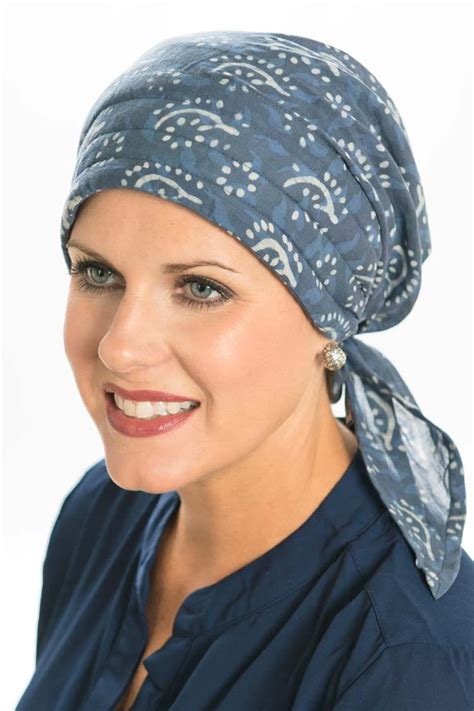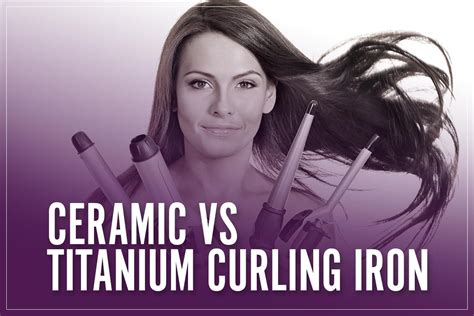Your curling iron is one of the most important tools in your hair care arsenal. It can help you create beautiful, bouncy curls that will last all day long. But not all curling irons are created equal. The material of the barrel is one of the most important factors to consider when choosing a curling iron.

The Best Curling Iron Materials
There are three main types of materials used in curling iron barrels: ceramic, tourmaline, and titanium. Each material has its own unique benefits and drawbacks.
Ceramic
Ceramic is a popular choice for curling irons because it heats evenly and produces smooth, shiny curls. Ceramic barrels are also less likely to damage your hair than metal barrels.
Drawbacks: Ceramic barrels can take longer to heat up than other types of barrels. They are also more fragile and can be easily damaged if they are dropped.
Tourmaline
Tourmaline is a semi-precious gemstone that emits negative ions when heated. These negative ions help to seal the hair cuticle, which results in smoother, shinier curls. Tourmaline barrels also heat up quickly and evenly.
Drawbacks: Tourmaline barrels can be more expensive than other types of barrels. They can also be more fragile and can be easily damaged if they are dropped.
Titanium
Titanium is a strong, durable metal that heats up quickly and evenly. Titanium barrels are also less likely to damage your hair than metal barrels.
Drawbacks: Titanium barrels can be more expensive than other types of barrels. They can also be more difficult to clean.
Which Material is Right for You?
The best material for a curling iron depends on your individual hair type and needs. If you have fine or damaged hair, a ceramic or tourmaline barrel is a good choice. If you have thick or coarse hair, a titanium barrel is a good choice.
Other Factors to Consider When Choosing a Curling Iron
In addition to the material of the barrel, there are a few other factors to consider when choosing a curling iron:
- The size of the barrel: The size of the barrel determines the size of the curls you will create. A smaller barrel will create tighter curls, while a larger barrel will create looser curls.
- The heat settings: The heat settings on a curling iron determine how hot the barrel gets. Higher heat settings will create tighter curls, while lower heat settings will create looser curls.
- The features: Some curling irons come with additional features, such as a cool tip or a swivel cord. These features can make curling your hair easier and more comfortable.
Tips for Using a Curling Iron
Here are a few tips for using a curling iron:
- Start with clean, dry hair. Dirty or wet hair will not curl as well.
- Use a heat protectant spray. This will help to protect your hair from damage.
- Section your hair. This will make it easier to curl your hair evenly.
- Hold the curling iron vertically. This will help to create even curls.
- Wrap your hair around the barrel. Hold the hair in place for a few seconds, then release.
- Let your curls cool before brushing them. This will help to set the curls.
Conclusion
Choosing the right curling iron can help you create beautiful, bouncy curls that will last all day long. By considering the material of the barrel, the size of the barrel, the heat settings, and the features, you can find a curling iron that is perfect for your individual hair type and needs.
Tables
| Material | Benefits | Drawbacks |
|---|---|---|
| Ceramic | Heats evenly, produces smooth, shiny curls, less likely to damage hair | Can take longer to heat up, more fragile |
| Tourmaline | Emits negative ions, seals the hair cuticle, heats up quickly and evenly | More expensive, more fragile |
| Titanium | Strong, durable, heats up quickly and evenly, less likely to damage hair | More expensive, more difficult to clean |
| Barrel Size | Curls Created |
|---|---|
| Small (1/2 inch or less) | Tight curls |
| Medium (3/4 inch to 1 inch) | Medium curls |
| Large (1 1/4 inches or more) | Loose curls |
| Heat Settings | Curls Created |
|---|---|
| Low (250-300 degrees Fahrenheit) | Loose, flowing curls |
| Medium (350-400 degrees Fahrenheit) | Medium curls |
| High (450-500 degrees Fahrenheit) | Tight, defined curls |
| Features | Benefits |
|---|---|
| Cool tip | Prevents burns |
| Swivel cord | Makes curling your hair easier and more comfortable |
| Adjustable heat settings | Allows you to customize the heat to your hair type |
